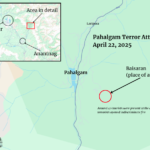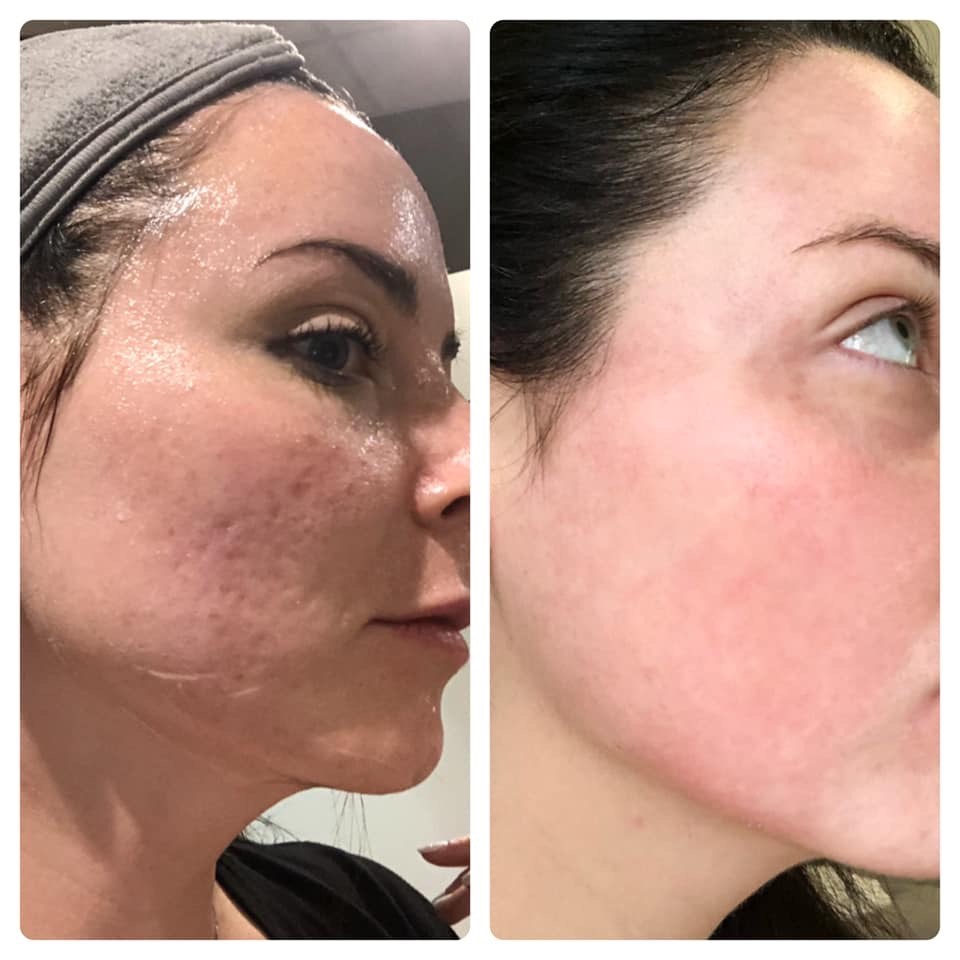Table of Contents
Introduction
CO2 laser skin resurfacing has become a go-to treatment for individuals seeking a dramatic improvement in skin texture, tone, and overall appearance.
This cutting-edge procedure utilises carbon dioxide laser technology to precisely remove layers of damaged skin, revealing a rejuvenated complexion underneath. Whether addressing fine lines, acne scars, or sun damage, CO2 laser resurfacing is often regarded as one of the most effective non-surgical skin treatments available today.
Understanding CO2 Laser Technology
CO2 lasers operate by emitting concentrated beams of infrared light, which penetrate the skin at a controlled depth. This process stimulates collagen production and encourages cellular turnover, leading to firmer, smoother skin over time. There are two primary types of CO2 laser resurfacing treatments:
- Ablative CO2 Laser: Removes entire layers of skin and is best suited for deep wrinkles and severe skin damage.
- Fractional CO2 Laser: Targets only a fraction of the skin in a grid-like pattern, allowing for faster healing while still providing noticeable skin rejuvenation.
Who is an Ideal Candidate for CO2 Laser Resurfacing?
Not everyone is a suitable candidate for CO2 laser treatment. The best candidates typically include individuals with:
- Fine lines and deep wrinkles
- Acne scars or surgical scars
- Sun damage and hyperpigmentation
- Uneven skin texture
However, those with darker skin tones, active acne, or certain medical conditions (such as autoimmune disorders) may need to consider alternative treatments, as CO2 lasers can sometimes cause unwanted pigmentation changes.
Preparing for CO2 Laser Treatment
Preparation is crucial to ensure optimal results and minimize the risk of complications. Your dermatologist may recommend:
- A customized skincare routine incorporating gentle exfoliation and hydration to strengthen the skin barrier.
- Avoiding certain medications such as retinoids, blood thinners, and photosensitizing drugs in the weeks leading up to treatment.
- Applying antiviral medication if there’s a history of cold sores, as laser treatments can trigger outbreaks.
What Happens During the Procedure?
The procedure itself is relatively straightforward:
- The skin is cleansed thoroughly to remove any oils or impurities.
- A topical anesthetic or numbing injection is administered to ensure comfort.
- The CO2 laser is applied to the targeted areas in controlled passes.
- Cooling techniques or specialized serums may be used post-treatment to soothe the skin.
Depending on the treatment area and intensity, the procedure can take anywhere from 30 minutes to 2 hours.
Immediate Post-Treatment Effects
Right after the procedure, the skin will appear red and swollen, similar to a sunburn. Some patients report a sensation of heat or tingling. Over the next few days:
- Skin will begin to peel as the healing process initiates.
- Minor scabbing may occur, which should not be picked to avoid scarring.
- Moisturizers and healing ointments will be essential to keep the skin hydrated.
Recovery and Healing Process
Healing time varies based on the intensity of the treatment:
- Mild treatments may require only 5-7 days of downtime.
- More aggressive treatments could necessitate 10-14 days of recovery.
During this period, it’s crucial to:
- Avoid sun exposure and always wear SPF 50+ sunscreen.
- Refrain from using harsh skincare products such as acids or retinoids.
- Keep the skin moisturized with dermatologist-approved products.
Expected Results and Long-Term Benefits
The most noticeable changes occur within a few weeks, but full results may take up to six months as collagen production continues. Long-term benefits include:
- Significant wrinkle reduction
- Improved skin elasticity and smoothness
- Enhanced skin tone and a more youthful appearance
Potential Risks and Side Effects
As with any cosmetic procedure, CO2 laser resurfacing carries some risks. These may include:
- Temporary redness and swelling
- Hyperpigmentation or hypopigmentation
- Infection (though rare with proper aftercare)
- Prolonged healing in sensitive skin types
Comparing CO2 Laser with Other Skin Resurfacing Treatments
CO2 laser is often compared with other resurfacing methods:
- CO2 Laser vs. Erbium Laser: Erbium laser is gentler, with less downtime but also less dramatic results.
- CO2 Laser vs. Chemical Peels: Chemical peels are less invasive but require multiple sessions to achieve similar results.
- CO2 Laser vs. Microneedling: Microneedling is ideal for mild textural issues but does not resurface the skin as deeply.
Cost and Accessibility of CO2 Laser Treatment
The cost of CO2 laser treatment depends on factors such as:
- The provider’s expertise and location
- The severity of skin concerns
- The number of sessions required
On average, treatments range between $1,000 and $3,500 per session. It’s essential to consult a reputable dermatologist or medical spa for pricing and treatment options.
Is CO2 Laser Resurfacing Worth It?
CO2 laser skin resurfacing is a powerful treatment with transformative effects, but it’s not for everyone. Those willing to commit to the recovery process and proper aftercare can experience remarkable skin improvements. Consulting a trusted skin specialist is the best way to determine whether this treatment aligns with your skincare goals.
You might also like Best Face Wash to use in 2025













